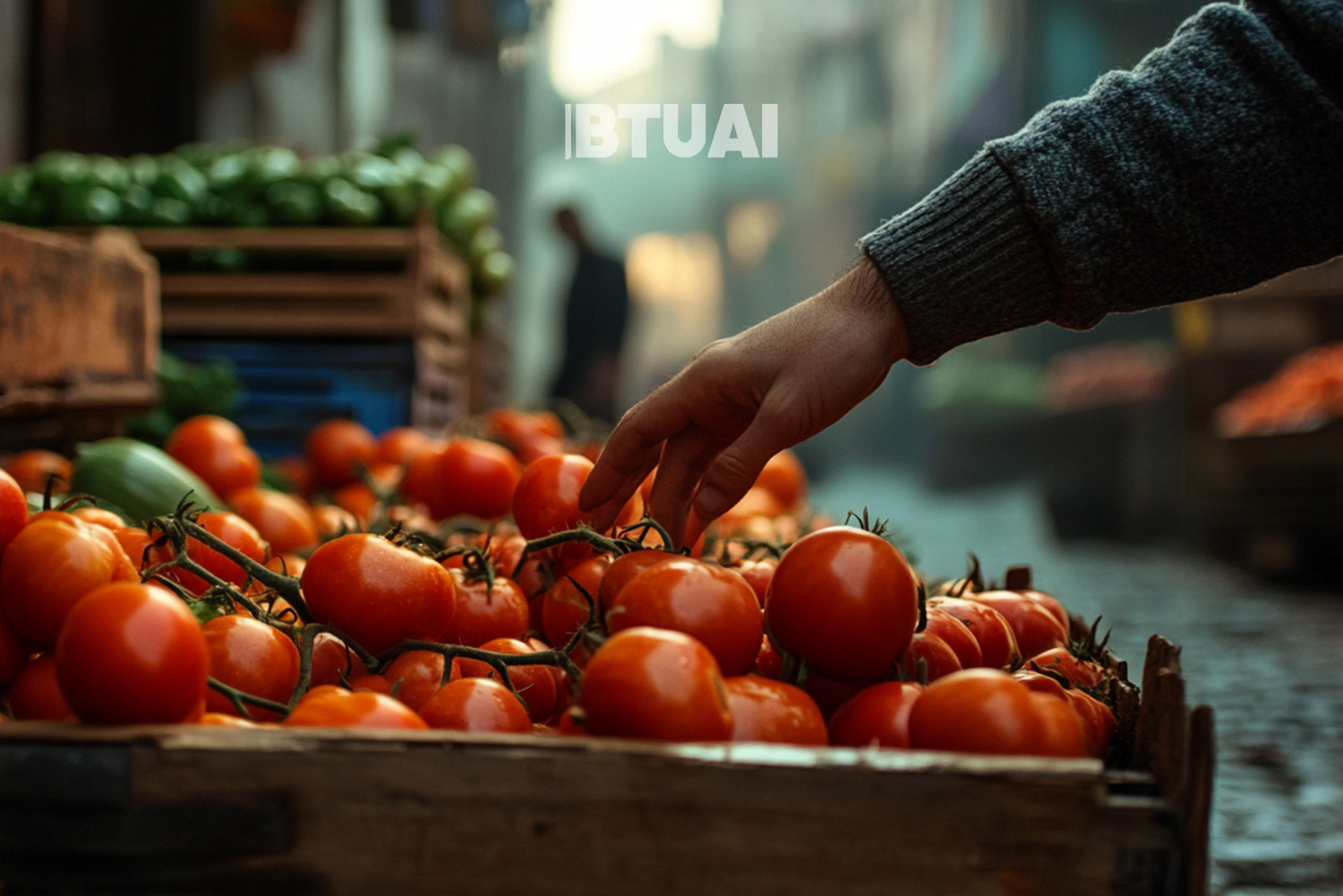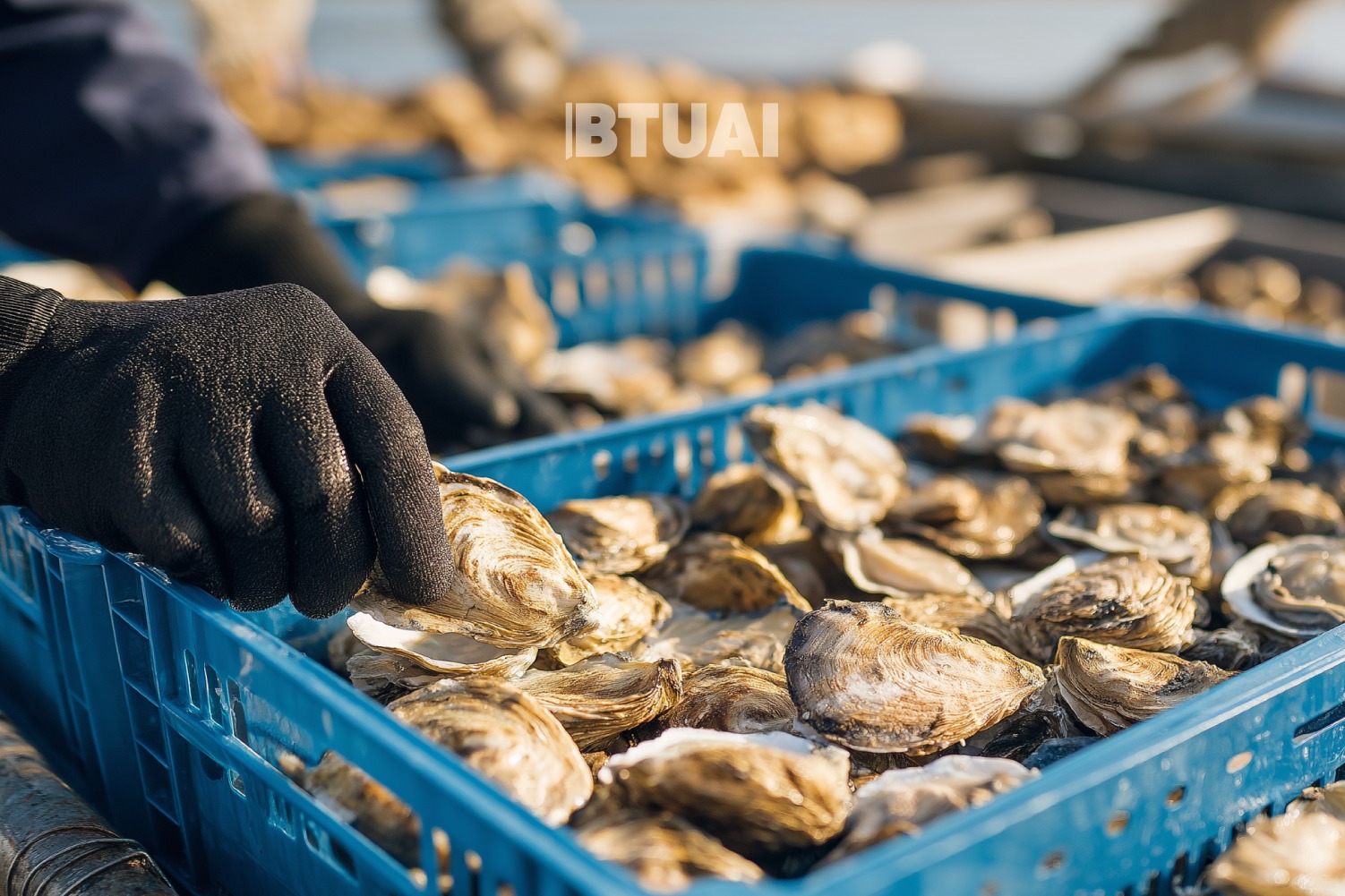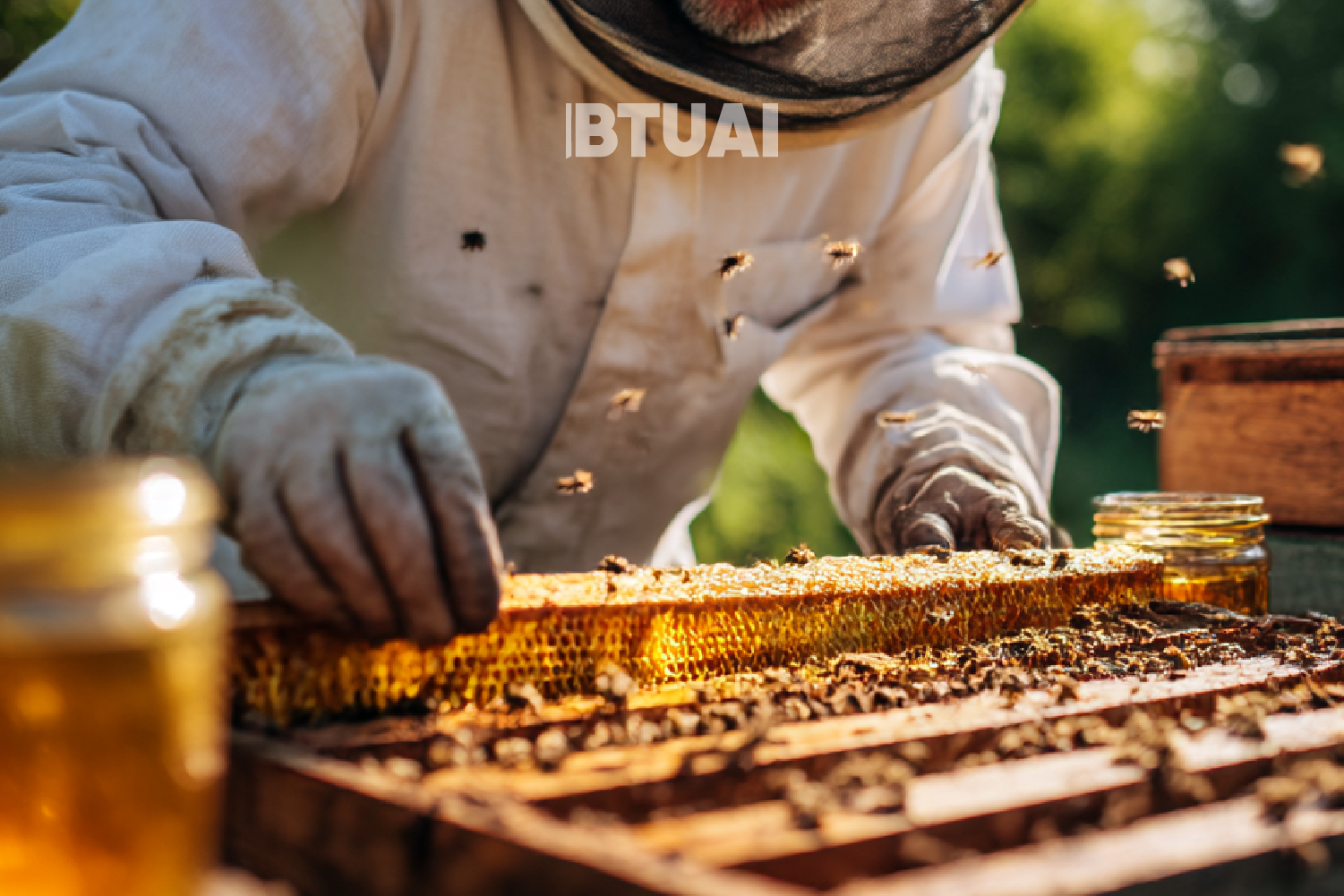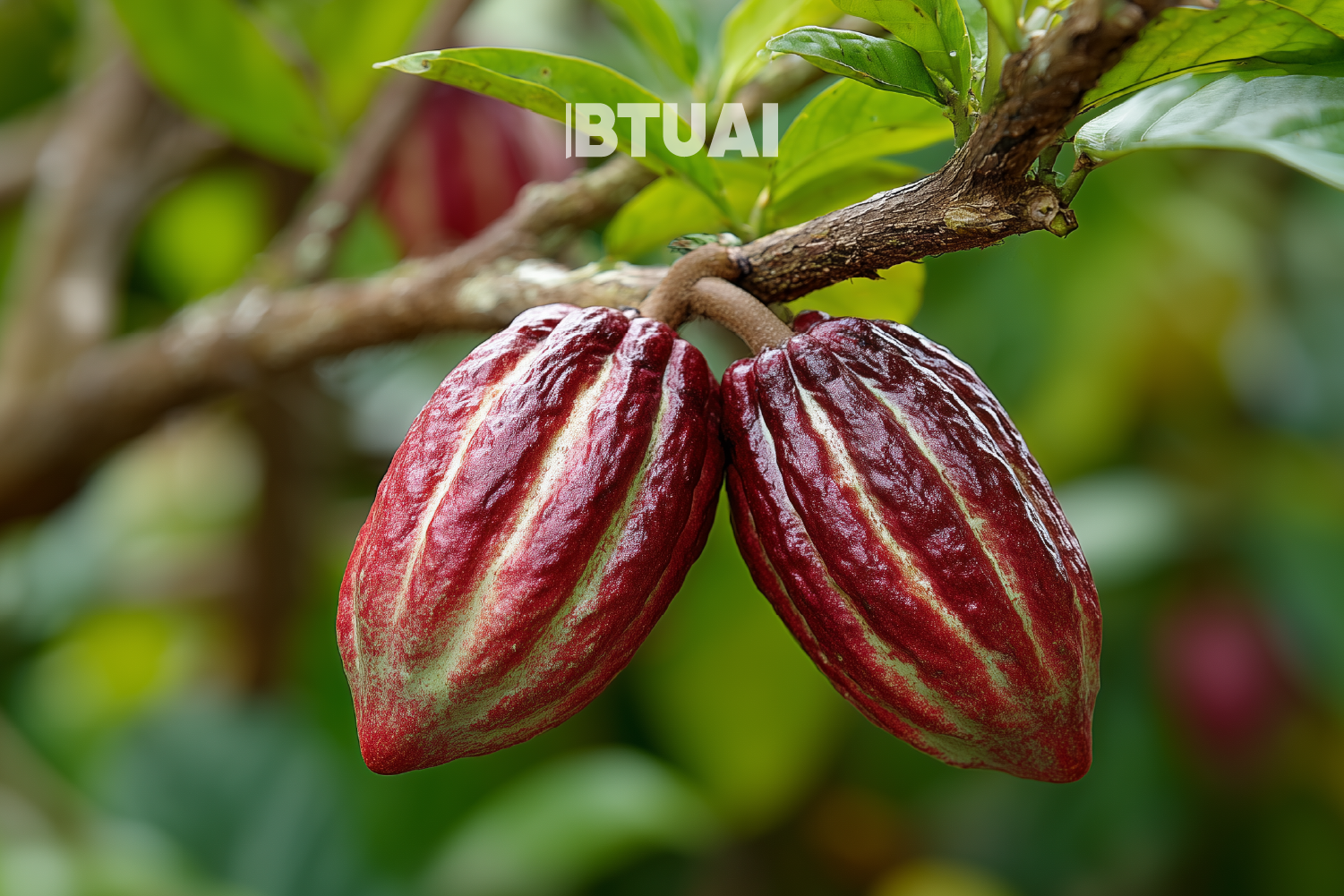Why Are Georgians Paying More for Tomatoes — and What Does This Reveal About Global Trends?
Tomatoes are an irreplaceable staple of the Georgian table — whether it’s the classic cucumber-tomato salad or more elaborate

Tomatoes are an irreplaceable staple of the Georgian table — whether it’s the classic cucumber-tomato salad or more elaborate dishes. However, recent data suggests that this red fruit (botanically a berry) is increasingly becoming a luxury item. Figures released by Geostat paint a seemingly paradoxical picture: in the first two months of 2025, Georgia imported 7% less tomatoes compared to the same period last year — but paid almost 60% more for that reduced volume. What lies behind these numbers, and what does it mean for both Georgia and the global food market?
The data is unequivocal: in January–February 2025, Georgia imported 4,135 tons of tomatoes worth a total of $2.95 million USD. A year earlier, during the same period, the country had imported 4,453 tons at a total value of just $1.85 million USD. This means that while the customs value (excluding taxes) of imported tomatoes averaged $0.42 per kg last year, it rose to $0.71 per kg this year — an impressive 69% increase.
Such a sharp price increase indicates that the decline in import volume is not due to reduced demand, but rather rising prices. Georgian importers — and ultimately, consumers — are being forced to pay significantly more for the same, or even smaller, quantities of tomatoes.
Turkey has traditionally dominated Georgia’s tomato imports, and this trend only intensified in 2025. A staggering 93% of imported tomatoes — 3,865 tons valued at $2.75 million — came from Turkey. Other suppliers played only a symbolic role: Azerbaijan (235 tons), Iran (23 tons), and more exotic sources such as Spain (7.2 tons) and the Netherlands (3.05 tons).
This heavy reliance on a single supplier — Turkey — introduces significant vulnerabilities for Georgia’s food market. Any disruption in Turkey — poor harvests, logistical delays, economic instability, or political decisions — has a direct and immediate effect on tomato prices and availability in Georgia. The 69% price hike is most likely a result of rising production costs in Turkey (energy, fertilizers, labor) and/or reduced supply.
But Georgia’s tomato price spike is not an isolated phenomenon. It reflects a local manifestation of global trends that are affecting many countries. Several factors are driving the worldwide increase in food prices, including tomatoes.
For Georgia, the simultaneous decrease in tomato imports and sharp rise in prices translates into increased pressure on consumers, especially low-income households, for whom food makes up a significant portion of the budget. It also raises important questions about food security and import dependency.
In theory, the rising cost of imported goods could serve as a stimulus for local production. However, Georgian farmers face many of the same global challenges — high costs for energy, fertilizers, and agrochemicals — which complicates the production of competitive, especially off-season, local products.
Until global factors stabilize, high prices for tomatoes and other imported food products are likely to persist. For Georgia, this means — on the one hand — a decline in consumer purchasing power, and on the other hand, a clearer recognition of the risks of import dependency and the growing need to support local production. In the long term, this could ensure greater sustainability.
In the end, the rise in tomato prices is just the tip of the iceberg in a complex web of economic and environmental challenges facing the modern world.




